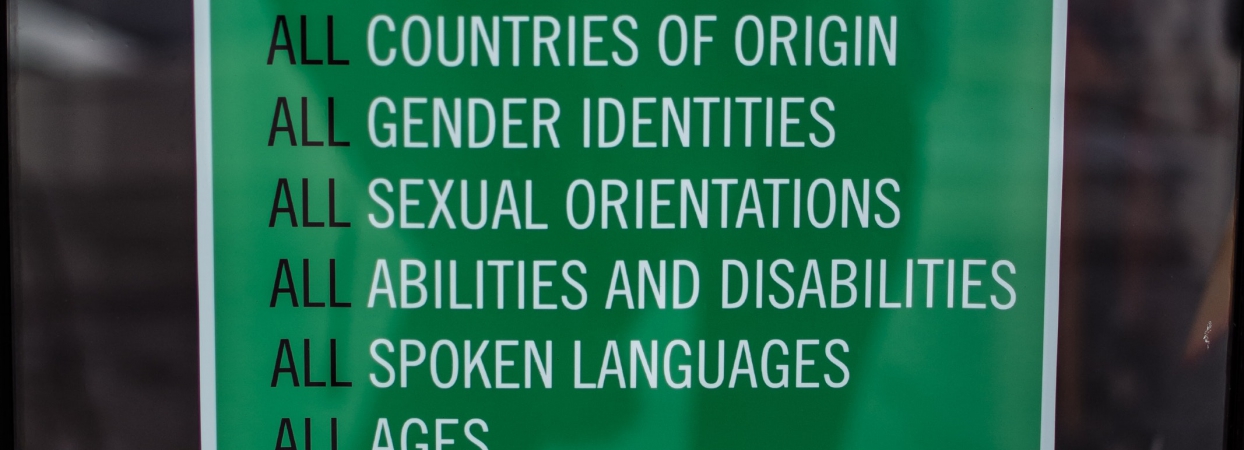There is no silver bullet for an effective, or even groundbreaking, campaign. Still, there is one vital consideration that companies consistently overlook: diversity, particularly where the lack thereof can be the difference between a successful campaign and one that falls flat straight out of the gate.
The issue of diversity is not just about creating advertisements or messaging that represents people from a range of backgrounds; after all, every campaign must consider the target audience, and each group has a specific set of characteristics. If you are the PR developers at the brainstorming table, however, diversity within your team if essential if your campaigns are going to truly reflect the society you are a part of.
An added benefit of an inclusive team is the increased chance of avoiding offensive references to race, gender, sexul orientation or religion. With consumers increasingly aware of such sensitivities, errors are no longer allowed to fly under the radar. If you expect your audience to take up your call to action, a diverse creative team is essential to ensuring a well-crafted message.
Such a call is backed by the data: according to the Bureau of Labor Statistics, though women hold more than 70 percent of public relations and fundraising management jobs overall, only 10 percent of these role are held by black people, 3 percent by Asians, and 3 percent by Hispanics or Latinos.
Due to the diversity gap in the industry, the perspectives of huge swathes of the population are being kept at the margin, leading to near-constant, image-destroying blunders that can derail a campaign in the short-term and a brand in the long-term.
Take, for example, Dolce & Gabbana’s recent video ad series portraying a Chinese model trying to eat a pizza and other Western meals with chopsticks. The ads sparked the ire of millions, with many seeing the ads as a portrayal of Chinese consumers as unrefined and inexperienced when it comes to Western culture.
The results were disastrously tangible: the firm’s products were removed from a number of websites, and Dolce & Gabbana was forced to cancel a Shanghai fashion show after models pulled out and celebrities removed their endorsement.
In a similar vein, PepsiCo had a major PR disaster on its hands after the company’s CEO Indra Nooyi said men and women eat Doritos in different ways, coinciding with the company’s announcement of the launch of “Lady Doritos”. The campaign, unsurprisingly, didn’t get off the ground.
Companies are increasingly recognizing the need to include diverse voices and ideas in their promotions, and a host of well-designed campaigns promoting inclusion are gaining in popularity as a result. Wells Fargo’s “Learning Sign Language” campaign, for example, highlights the importance of including people with disabilities in public communication.
There can be no doubt that the diversity train is leaving the station, and forward-thinking companies are jumping on board. Those who fail to keep up risk alienating their client base, and losing the chance to welcome new consumers and brand advocates.
How To Build Consumer Trust In Health Tech Through PR
Building trust in healthcare technology requires more than innovative products - it demands...
Cybersecurity As A Key Pillar Of Corporate Social Responsibility
Data protection and privacy have become fundamental responsibilities for modern organizations. As...
Marketing To Gen Alpha: How Brands Can Win Over The Next Generation
Public relations strategies for gaming platforms need a fresh approach to connect with Gen Z and...




